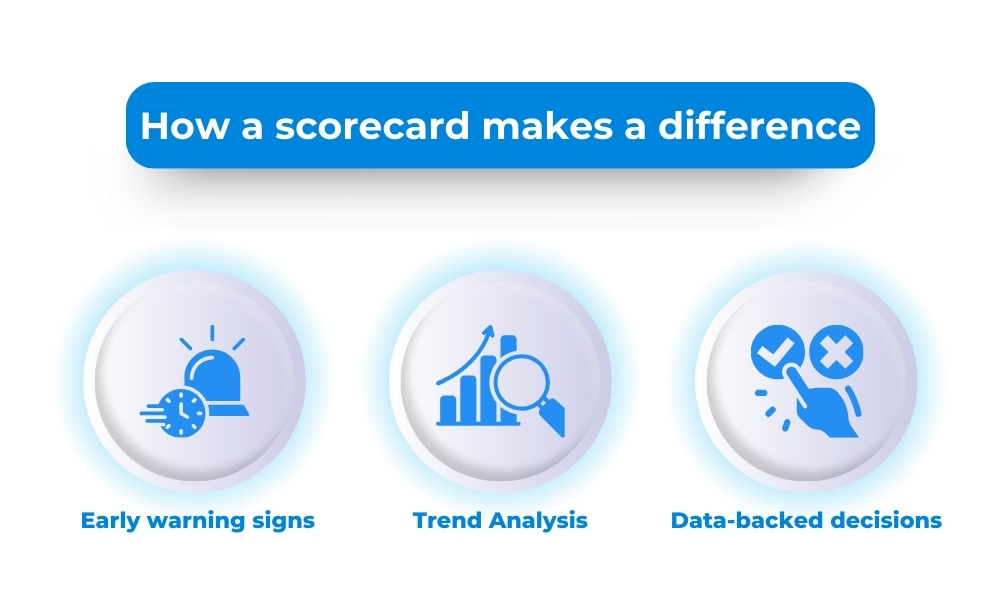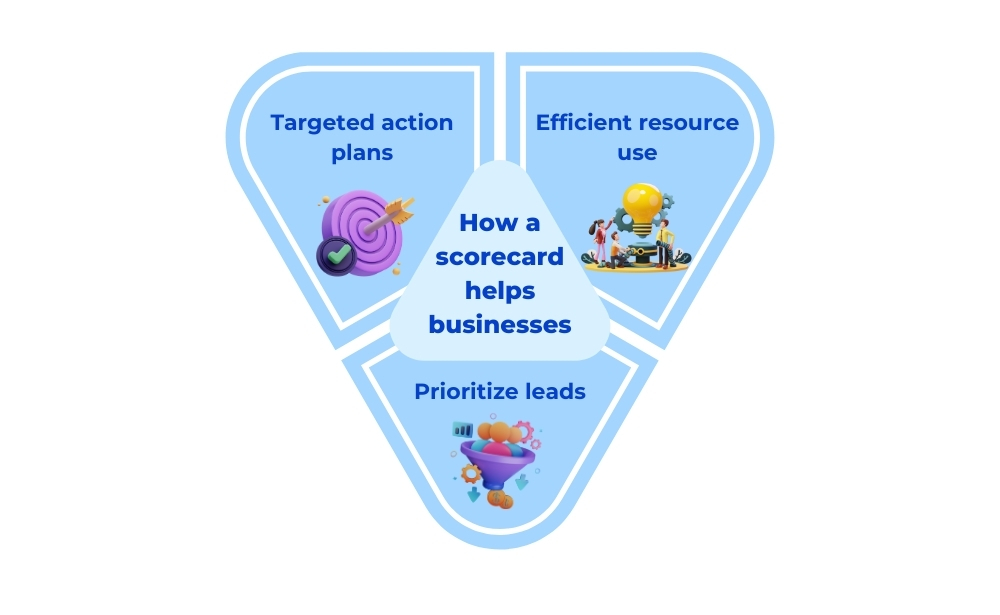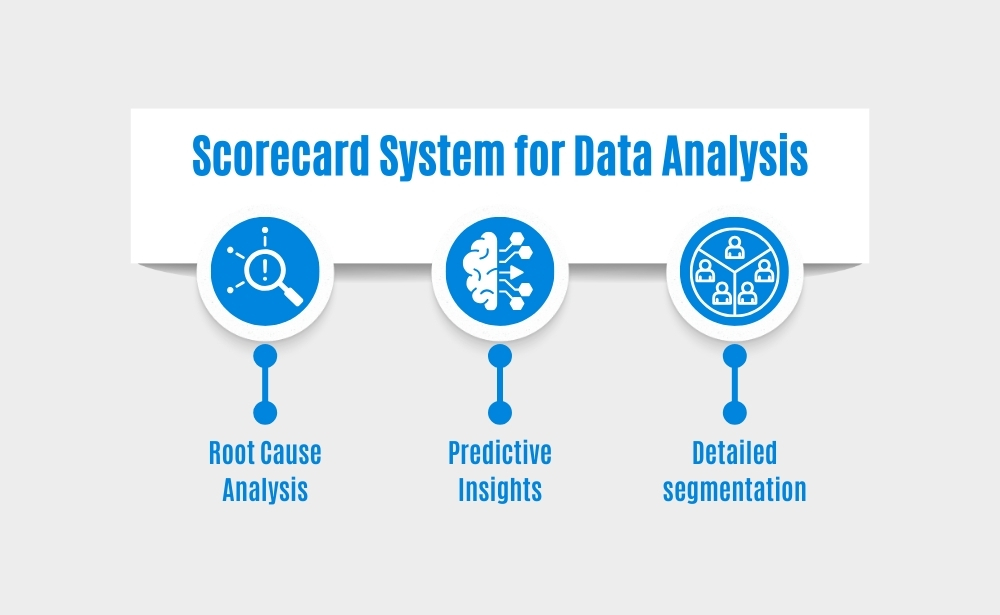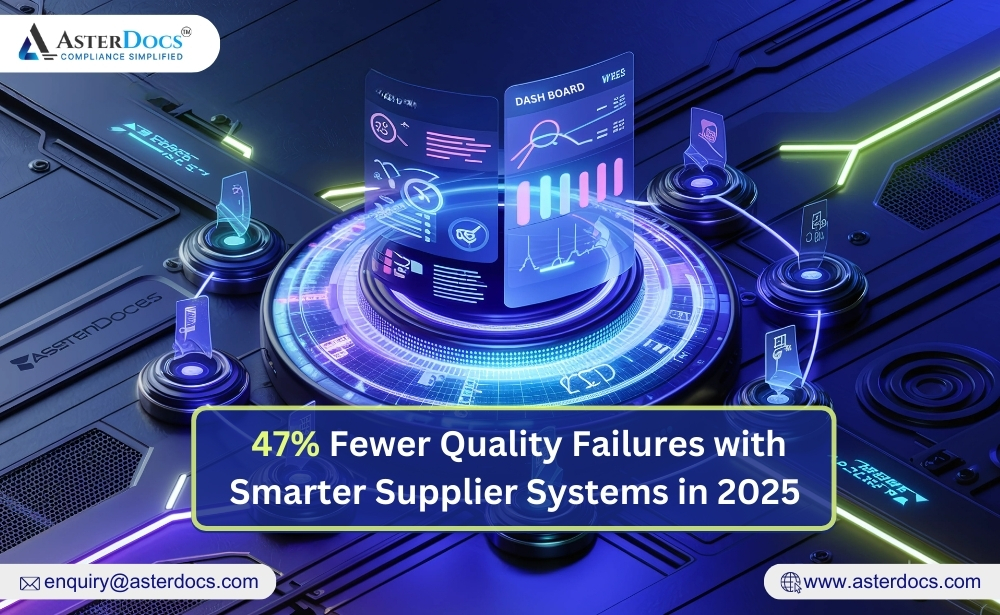For any business dependent on external suppliers, managing risk is as critical as it is complex. Supplier risk assessment doesn’t just involve checking compliance or product quality; it encompasses a detailed look at performance trends, financial stability, and responsiveness—factors that collectively shape a resilient supply chain. Here, supplier scorecard systems come into play as an invaluable tool, elevating risk management from a checkbox exercise to a strategic asset that supports long-term growth.
Let’s dive into how scorecard systems add depth to supplier risk assessment, enabling companies to achieve both operational efficiency and supplier transparency.
Why Traditional Supplier Risk Assessment Falls Short
Traditional methods of assessing supplier risk often rely on isolated data points and periodic audits. While useful, these approaches can leave blind spots in supply chain management.
- Limited visibility: Traditional systems don’t often provide insights beyond basic compliance or quality checks.
- Reactive approach: Without continuous monitoring, issues may only come to light after they have escalated.
- Inefficient cross-departmental collaboration: When data is siloed across departments, collaboration on supplier management is limited, leading to inconsistent or delayed responses to risks.
Supplier scorecard systems help bridge these gaps, providing a structured, real-time view of supplier performance. By aggregating various data points into a single platform, businesses gain actionable insights that drive a more holistic approach to supplier risk assessment.
Uncovering Deep Insights with Supplier Scorecard Software
One of the most valuable aspects of scorecard software is its ability to reveal patterns and insights that might go unnoticed with traditional methods. Scorecard systems analyze historical data and monitor current performance, offering a data-rich overview of each supplier’s reliability. Here’s how these insights make a difference:
- Trend analysis: Identifies supplier performance over time, revealing trends that indicate improvement or degradation.
- Early warning signs: Alerts management to potential risks, such as delays or quality issues, before they escalate.
- Data-backed decisions: Empowers companies to make informed decisions based on historical and current data rather than intuition alone.

In industries where supply chains are critical to maintaining product integrity, these insights become essential for proactive, not reactive, risk management.
Building Stronger Supplier Relationships Through Transparent Risk Assessment
Scorecard systems aren’t only about identifying risks—they’re also a tool for fostering trust and transparency with suppliers. By regularly sharing performance feedback, businesses can work collaboratively with suppliers to address issues, leading to mutually beneficial outcomes:
- Structured feedback: Provides suppliers with clear, consistent feedback that supports improvement.
- Accountability: When suppliers know their performance is consistently monitored, they’re more likely to meet or exceed standards.
- Improved communication: Scorecard transparency encourages open dialogue, helping both parties align on goals and address any issues promptly.
This transparency strengthens supplier relationships, shifting from punitive assessments to collaborative improvement. It fosters a long-term partnership where quality, accountability, and trust are prioritized.
Strategic Resource Allocation Based on Supplier Risk Assessment
Effective risk assessment allows businesses to allocate resources strategically, focusing attention and resources where they’re needed most. With a scorecard system, companies can categorize suppliers based on their risk profile and direct resources accordingly.
- Prioritization: High-risk suppliers receive focused attention, while low-risk suppliers are managed with minimal intervention.
- Efficient resource use: Time, budget, and effort are allocated based on supplier risk levels, reducing waste and improving impact.
- Targeted action plans: High-risk suppliers can be assigned improvement plans, while consistently performing suppliers can be rewarded or prioritized in sourcing.

This resource allocation optimizes supply chain management, ensuring that time and money are spent where they’ll have the greatest positive effect on risk reduction.
Enabling Agility in Decision-Making with Real-Time Supplier Data
In fast-moving markets, agility is key. Scorecard systems provide real-time data on suppliers, enabling businesses to make swift, informed decisions as situations change. The benefits of real-time data include:
- Quick response to risks: Allows companies to address issues immediately, whether it’s switching to a different supplier due to quality concerns or adjusting terms with underperforming vendors.
- Continuous updates: Real-time data means that every department has the latest information, supporting cohesive decision-making.
- Agility in market changes: With current supplier data at hand, companies can respond to supply chain changes or disruptions with confidence and speed.
This agility not only prevents potential issues from escalating but also helps businesses maintain continuity and stay competitive.
Leveraging Data Analytics for Supplier Risk Assessment Precision
Scorecard systems go beyond simple data collection; they leverage analytics to pinpoint specific risk factors within each supplier relationship. This level of detail empowers companies to take focused, impactful actions.
- Root cause analysis: By analyzing performance data, companies can identify and address underlying issues in supplier operations.
- Predictive insights: Analytics can reveal patterns that suggest future risk, enabling businesses to take preventive measures.
- Detailed segmentation: Companies can segment suppliers based on specific risk factors, from financial stability to delivery reliability.

Data analytics enhances supplier risk assessment with greater precision, helping businesses mitigate risks before they affect operations or profitability.
How Supplier Scorecard Software Contributes to Long-Term Risk Mitigation Strategy
A scorecard system isn’t a one-time solution—it’s a long-term strategy that continuously supports a resilient supply chain. Over time, tracking and monitoring suppliers with scorecard data yields compounding benefits:
- Progressive risk reduction: Ongoing monitoring ensures that risks are managed proactively, reducing their frequency and severity.
- Continuous quality improvement: Supplier scorecards drive a culture of continuous improvement, where suppliers work to meet and exceed expectations.
- Sustainable partnerships: By maintaining high standards, businesses cultivate a network of reliable suppliers, reducing the need for constant supplier changes.
A supplier risk assessment based on scorecard data doesn’t just protect the business; it supports its growth, ensuring that supply chain resilience and quality remain strong as the business evolves.
Conclusion
The hidden value of supplier scorecard systems in supplier risk assessment lies in their ability to transform complex data into actionable insights. These systems offer a comprehensive, transparent, and precise view of each supplier, turning risk assessment into a strategic asset that strengthens supplier relationships, optimizes resources, and enhances decision-making.For businesses looking to build a resilient, high-quality supply chain, a robust supplier scorecard system from AsterDocs can be a long-term partner in driving sustainable success.
Ready to unlock the full potential of AsterDocs’ supplier risk assessment?













